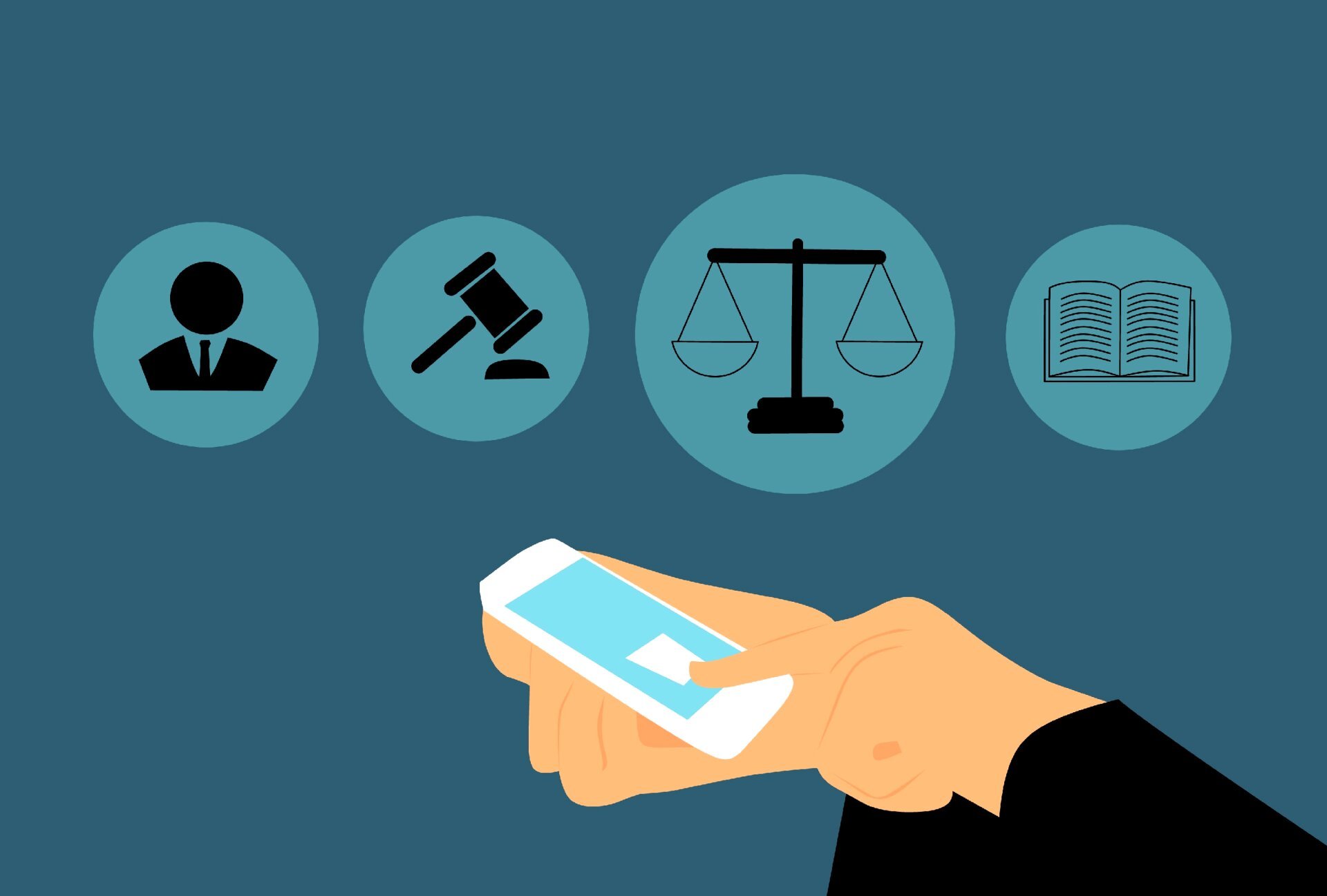How Artificial Intelligence Can Revolutionize Litigation
A society that protects the natural rights of its citizens is useless if its citizens can’t access these protections. In America, equal access to justice relies on a person’s ability to access legal assistance. That’s why the Center for American Progress writes that “To deny Americans access to legal assistance is to deny them their rights and protections.” While the right to counsel is guaranteed for criminal defendants, the same guarantees don’t extend for civil problems.
All too often, the justice gap divides Americans across poverty lines. 92% of civil legal problems faced by low-income Americans go without any legal help and are self-represented. They cite the prohibitive cost of legal services as a barrier, or don’t believe that they could afford a lawyer. Even further, most people don’t even make it to court. 80% of the civil legal needs of those in poverty go unmet. For many, the justice gap looks more like a chasm. While 97% of tenants are unrepresented in housing court, 81% of landlords have legal counsel.
The justice chasm has the greatest implications for our most vulnerable, but it's also the most prevalent for them. People with disabilities can’t claim protections under the Americans with Disabilities Act without legal advice or litigation, but are also more likely to live in poverty and be unable to access legal protections. The justice chasm is a self-perpetuating cycle of poverty.
At the very least, in order for Americans to access the protections that they’re entitled to, they need legal advice or resources. In fact, that’s why civil legal aid, or bridging the justice chasm, can be so effective. All across America, from New York and North Carolina to Montana and Pennsylvania, every dollar spent on civil legal aid creates $10 in benefits for the recipients of the assistance, their communities, and the state combined. The benefits are cost-effective, too. Preventing eviction by providing legal assistance is less expensive for governments than covering the costs of homelessness and emergency housing.
Yet, the prevalence of legal aid organizations is limited. Most legal aid organizations limit representation to US citizens and legal residents, they’re often located in metropolitan areas, and uneven funding or lack of funding turn away lawyers from pursuing civil legal aid.
With a tenfold return on investment, legal aid is the most effective way to solve the justice chasm and the greater problem of poverty. But to solve the problems facing legal aid organizations is more complicated. There are two ways to approach the problem, improve the efficiency of legal aid lawyers, or improve the reach of legal aid organizations.
Artificial intelligence does both. The American Bar Association writes that “AI offers the potential… to reduce the justice gap” and that “it could dramatically increase the efficiency of legal aid lawyers.” The Association prompts lawyers to utilize AI to streamline administrative tasks and serve more clients more efficiently. Legal technology can help law firms by speeding up mundane, time-consuming tasks and allowing lawyers to focus on more challenging, creative endeavors. The second solution is to utilize AI to improve the reach of legal aid organizations and to make legal information more readily available to people who lack access to a lawyer. Self-help chatbots empower low-income individuals to take their civil issues to court by advising their clients about their rights, legal strategies, and court procedures.
By making legal aid more accessible for vulnerable Americans, artificial intelligence can bridge the justice gap, erase poverty lines, break down barriers to legal services.


